
Octave Dua (28 February 1882, Ghent - 8 March 1952, Brussels) was a Belgian operatic tenor. [1]

Octave Dua (28 February 1882, Ghent - 8 March 1952, Brussels) was a Belgian operatic tenor. [1]
He was born Octavus Eduardus Dua on 28 February 1882 in Ghent. He had a successful career as a comprimario.
He made his professional debut at La Monnaie in 1907 as Jeník in The Bartered Bride . From 1915 to 1922 he sang for the Chicago Opera Association and from 1919 to 1921 he performed at the Metropolitan Opera. [2]
He appeared in 1919 in Covent Garden in the British premiere of M. Ravel's L'Heure espagnole.
He appeared on 30 December 1921 in the world premiere in Chicago of S. Prokofiev's The Love for Three Oranges singing the role of Truffaldino.
In 1922 he had a tumor of the neck removed in Chicago, Illinois. [3]
He was committed to the Royal Opera, London from 1924 to 1939. [4]
He was also active as a stage manager in Brussels and Ghent.
He died on 8 March 1952 in Brussels.
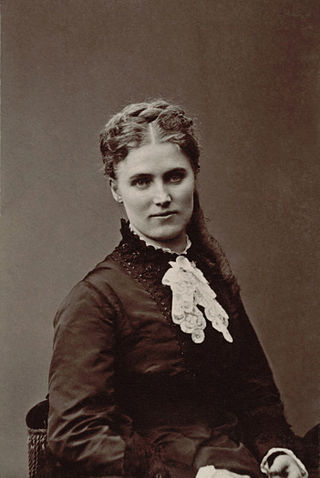
Christina Nilsson, Countess de Casa Miranda, also called Christine Nilsson was a Swedish operatic dramatic coloratura soprano. Possessed of a pure and brilliant voice (B3-F6), first three then two and a half octaves trained in the bel canto technique, and noted for her graceful appearance and stage presence, she enjoyed a twenty-year career as a top-rank international singer before her 1888 retirement. A contemporary of one of the Victorian era's most famous divas, Adelina Patti, the two were often compared by reviewers and audiences, and were sometimes believed to be rivals. Nilsson became a member of the Royal Swedish Academy of Music in 1869.

Alice Geraldine Farrar was an American lyric soprano who could also sing dramatic roles. She was noted for her beauty, acting ability, and "the intimate timbre of her voice." She had a large following among young women, who were nicknamed "Gerry-flappers".

Amelita Galli-Curci was an Italian lyric coloratura soprano. She was one of the most popular operatic singers of the 20th century, with her recordings selling in large numbers.
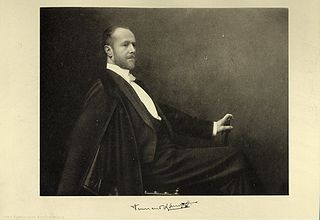
Fernand Edmond Jean Marie Khnopff was a Belgian symbolist painter.

Théophile "Théo" van Rysselberghe was a Belgian neo-impressionist painter, who played a pivotal role in the European art scene at the turn of the twentieth century.

Emma Calvé, born Rosa Emma Calvet was a French operatic dramatic soprano.

James Sidney Edouard, Baron Ensor was a Belgian painter and printmaker, an important influence on expressionism and surrealism who lived in Ostend for most of his life. He was associated with the artistic group Les XX.

Orville Harrold was an American operatic tenor and musical theatre actor. He began his career in 1906 as a performer in operettas in New York City, and was also seen during his early career in cabaret, musical theatre, and vaudeville performances. With the aid of Oscar Hammerstein I, he branched out into opera in 1910 as a leading tenor with Hammerstein's opera houses in New York City and Philadelphia. While his career from this point on primarily consisted of opera performances, he periodically returned to operetta and musical theatre throughout his career. He notably created the role of Captain Dick Warrington in the world premiere of Victor Herbert's operetta Naughty Marietta in November 1910.

Hector Dufranne was a Belgian operatic bass-baritone who enjoyed a long career that took him to opera houses throughout Europe and the United States for more than four decades. Admired for both his singing and his acting, Dufranne appeared in a large number of world premieres, most notably the role Golaud in the original Opéra-Comique production of Claude Debussy's Pelléas et Mélisande at the Salle Favart in Paris in 1902, which he went on to sing 120 times at that house. He had an excellent singing technique which maintained the quality of his voice even into the latter part of his career. His wide vocal range and rich resonant voice enabled him to sing a variety of roles which encompassed French, German, and Italian opera.
Guy de Mey is a Belgian operatic tenor from Sint-Niklaas. He studied with Stella Dalberg, Erna Spoorenberg, Peter Pears and Éric Tappy.
The Washington National Opera Association, founded in 1919 as Washington Community Opera, was a low-budget opera company, comprising professional principals supported by amateurs, active in Washington, D.C., until 1936.
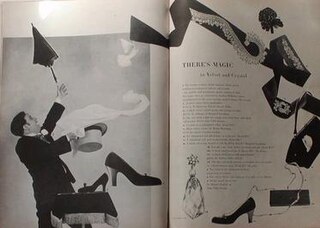
Andrew McKinley was an American operatic tenor, violinist, arts administrator, music educator, and school administrator. Although he mainly performed in the United States, he had an active international singing career with major opera companies and symphony orchestras from the 1940s through the 1960s. His repertoire spanned a wide range, from leading tenor parts to character roles.
The Devriès family were operatic singers over three generations, of Dutch descent. They were mainly active in France, Belgium and the USA in the second half of the 19th and the early 20th centuries.

Fernand Ansseau was a Belgian lyric-spinto tenor.
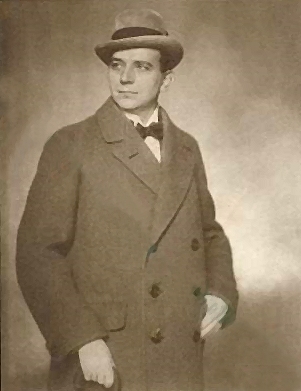
Paul Hansen was a Danish opera singer and actor. Hansen started his opera career as a tenor but later increased his range to take on baritone roles. In 1917 Hansen, now working in Berlin, branched into silent movies and in 1919 took on the romantic lead in The Mistress of the World.
Events from the year 1921 in Italy.
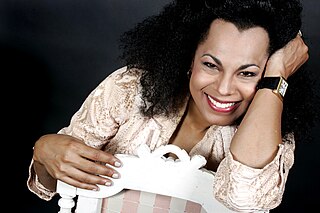
Isabelle Kabatu is a Belgian operatic soprano with a father from Belgian Congo and a Belgian mother. She has appeared internationally, with a focus on the Italian repertoire such as Verdi's La traviata and Aida, and Puccini's Manon Lescaut and Tosca. She appeared as Bess in Gershwin's Porgy and Bess beginning at the Houston Grand Opera and touring the world. In 2012, she appeared in the world premiere of Franck's early work Stradella.
Franz Klarwein was a German operatic lyric tenor and later character tenor. He was a member of the Bavarian State Opera from 1942 to 1977 and also appeared at international opera houses and festivals, especially in roles by Richard Strauss. Scheduled to sing in the 1944 world premiere of Die Liebe der Danae at the Salzburg Festival, which did not take place, he performed in both the English premiere at the Royal Opera House in London and the Swiss premiere at the Zürich Opera House. He sang in world premieres such as Capriccio in 1942, Hindemith's Die Harmonie der Welt in 1957, and Ján Cikker's Das Spiel von Liebe und Tod in 1969.

Octave van Rysselberghe was a Belgian architect of the Art Nouveau period. He is one of the representatives of the architectural renewal that characterized the end of the 19th century, with Victor Horta, Paul Hankar and Henry Van de Velde.
Henri Warnots was a Belgian operatic tenor, composer and academic.